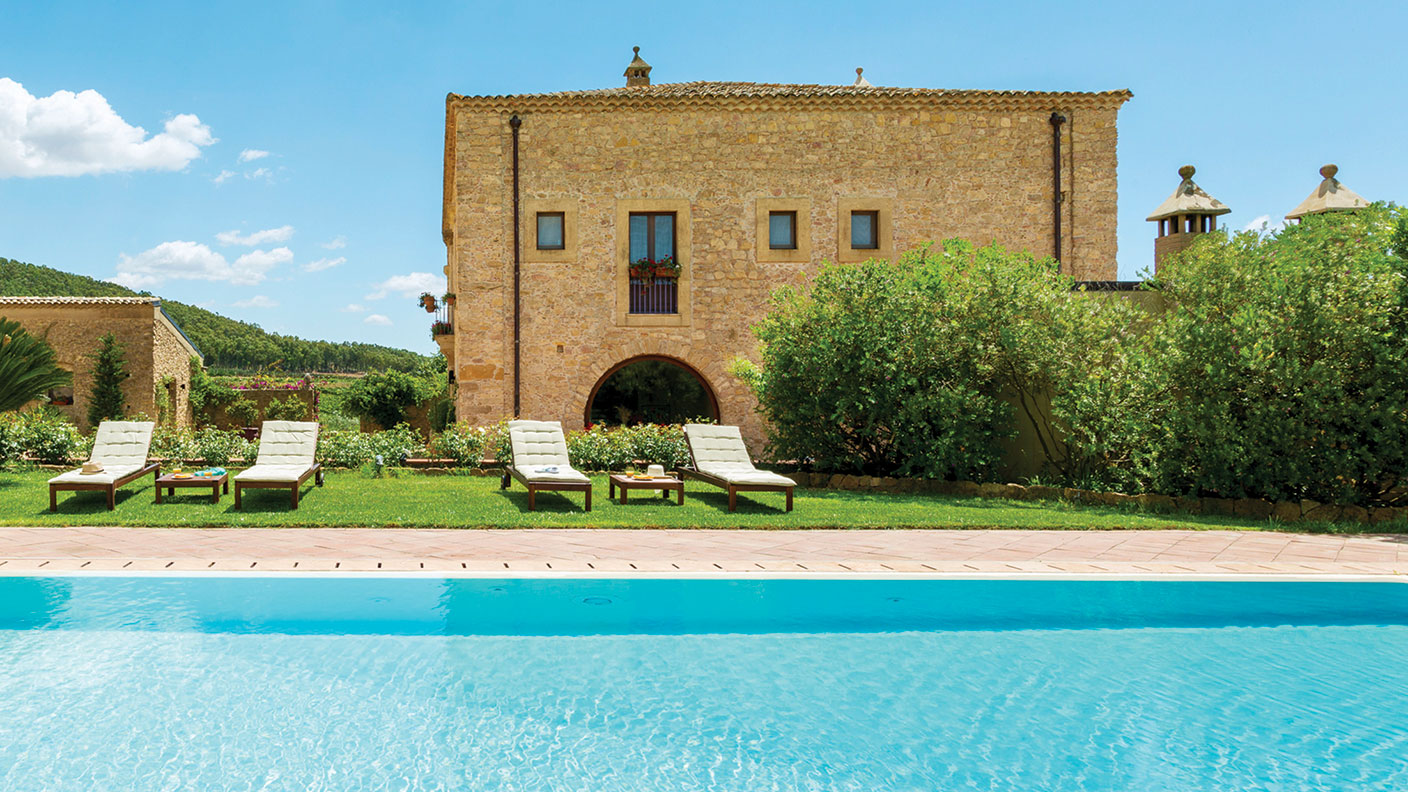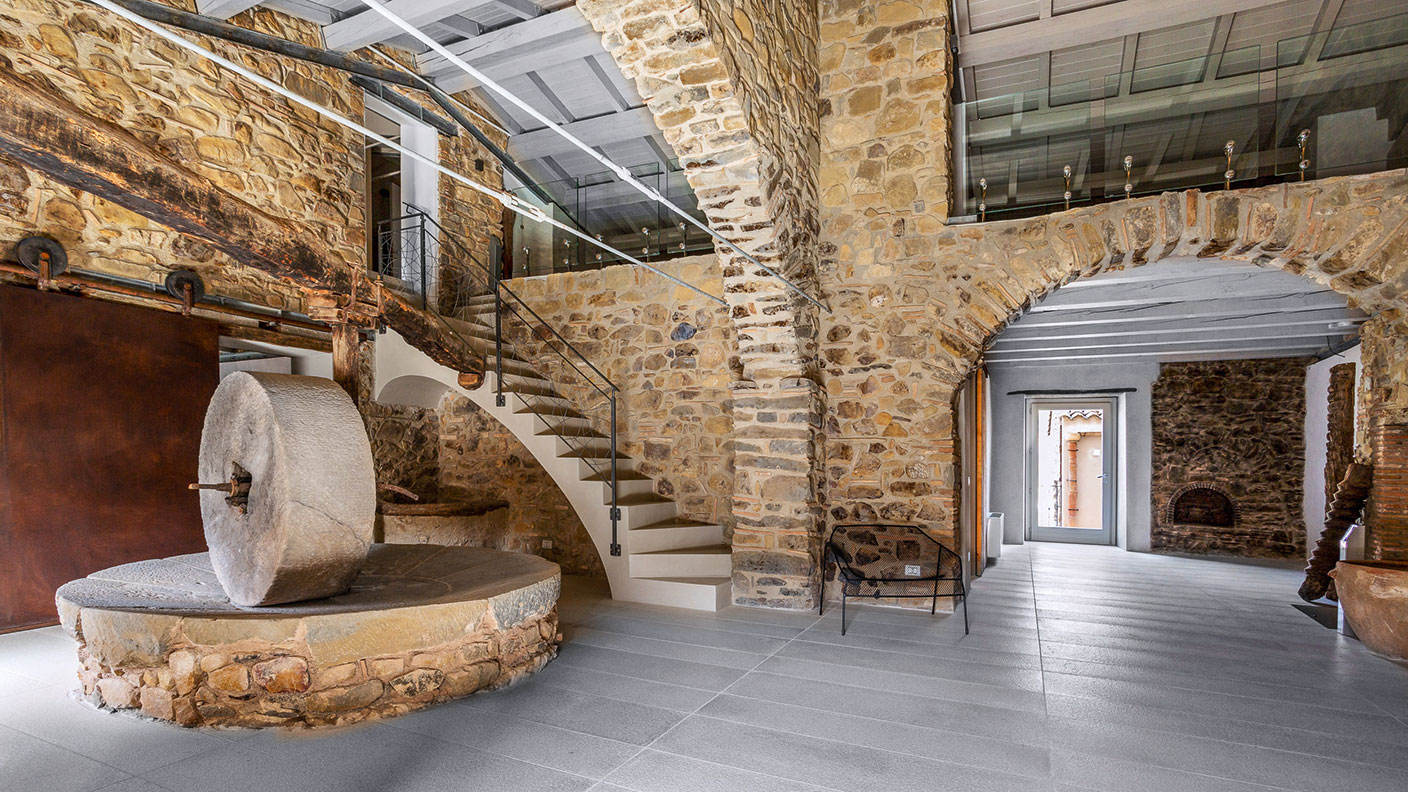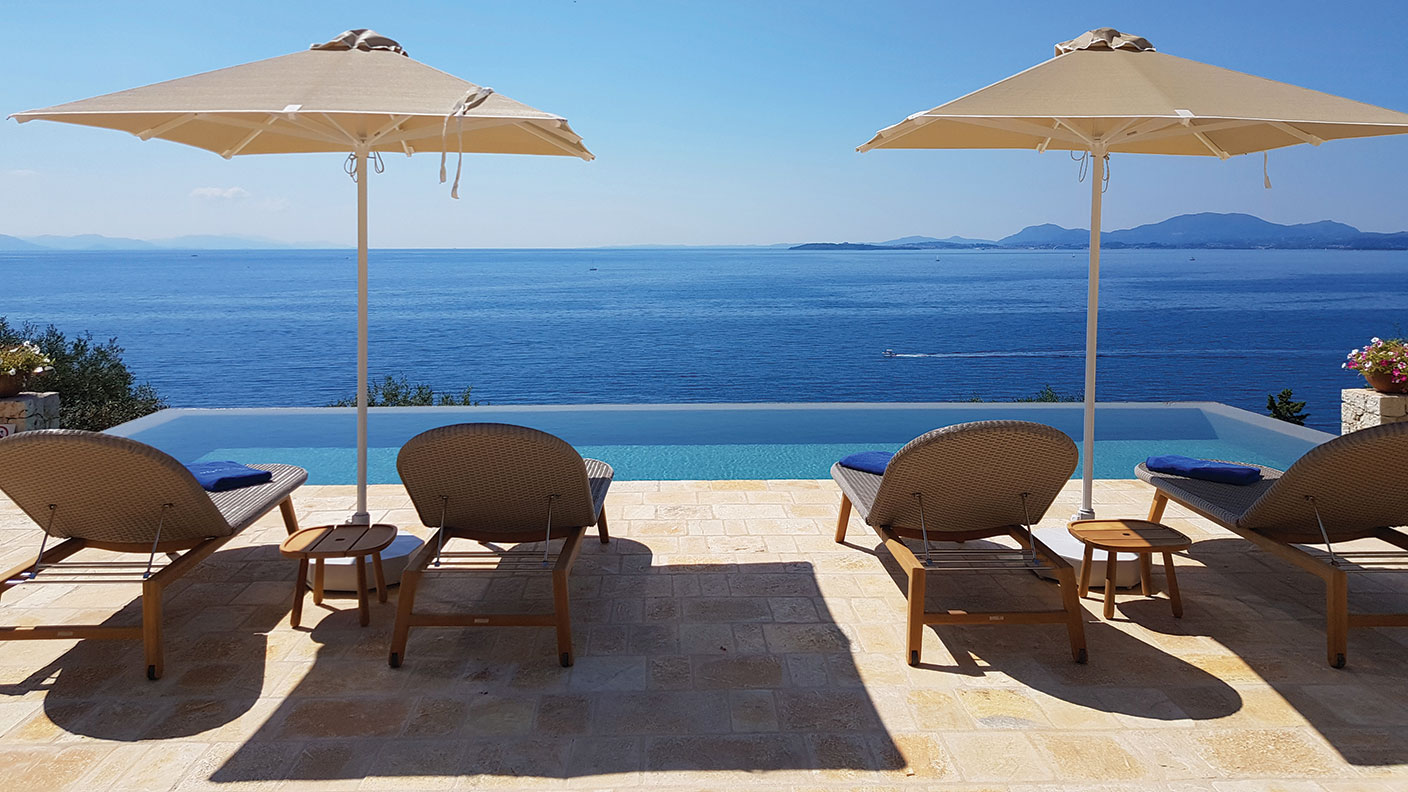Two stunning Sicilian villas
There is so much to see in Sicily, says Chris Carter. Villa stays allow you to take it all in.


When the ancient Greeks named Sicily “Trinacria” (three-pointed island), they were no doubt referring to Sicily’s triangular shape. But the name could just as easily refer to the many angles from which to view this enigmatic island, the Mediterranean’s largest. Each of Sicily’s three sides is abutted by a different sea (the Mediterranean, the Tyrrhenian and the Ionian), while the island’s cultural landscape is made up of the layers laid down by the waves of conquerors, settlers and traders who landed here. In other words, you cannot hope to take in Sicily from just one vantage point – you have to move around. And that’s where villa holidays come into their own. Just ask the Romans.
Villa Romana del Casale, a Unesco World Heritage Site, lies buried in the interior of Sicily, close to the town of Piazza Armerina. Or rather, it lay buried. Built in the fourth century AD for a high-status Roman, its exquisite mosaics were entombed by a mudslide that befell the property centuries later. Scenes of heroes and gods, as well as more prosaic mosaics of hunting and fishing, and the famous sporty “bikini girls”, were frozen in time, awaiting the archaeologist’s trowel. Alas, while the villa boasts all the amenities of a modern-day footballer’s mansion – bathhouse, banqueting hall, kitchens – you cannot stay here. But you can stay nearby.
Wine by the bathtub
Casale degli Erei is an elegant, yellow-stone villa with its own private spa. It may not employ the hypocaust heating system of Villa Romana del Casale, but I found the hot tub hot, the sauna hotter and the steam room was, well, steamy. The owners also make their own wine, so, naturally, the spa comes with a dedicated wine therapy room. There is a metal bathtub and a tap fashioned into an amphora, from which the red wine flows. The antioxidants in the wine, mixed with warm water, are said to offer anti-ageing benefits. Ancient Thracian women swore by it, apparently, referring to their wine baths as the “elixir of youth”.
MoneyWeek
Subscribe to MoneyWeek today and get your first six magazine issues absolutely FREE

Sign up to Money Morning
Don't miss the latest investment and personal finances news, market analysis, plus money-saving tips with our free twice-daily newsletter
Don't miss the latest investment and personal finances news, market analysis, plus money-saving tips with our free twice-daily newsletter
The body nourished, the soul can find sanctuary in the private chapel on the grounds, or else by the pool in a glass or two of the villa’s own range of wines (it’s not just for bathing in). Some of the grapes are even grown on the volcanic slopes of Mount Etna, as evidenced by the warm, earthy flavours they give to the wine. Inside the villa itself, the interiors are authentically Sicilian and authentically cosy, with a yawning fireplace in the kitchen, which is, after all, the heart of any Italian home. Husband and wife team Loredana and Ivano were on hand to cook up some delicious local dishes as well as deliver a lesson in making cannoli – those crunchy tubes filled with sweet and creamy ricotta cheese, so typical of Sicily.
Keeping the bandits at bay
A two-hour drive north takes you to the resort town of Cefalù, and the wonderful seafood restaurant Ittico, which is located right on the sea. We enjoyed a spectacular lunch of seafood salad and fresh tuna.

A little further along the coast brings you to Il Borgo del Barone, near the town of Santo Stefano di Camastra. Built by the aristocratic Carcamo family, it has been a place of “historical history” since 1992. Staying here is a little like having your own mini borgo (village). Some of the buildings around the cobbled courtyard (great for al fresco dining) date from the 17th century, while the fortified farmhouse, or baglio, once dominated a strong defensive position against marauding bandits.
Following the death of Barone Michele de Carcamo in the 1980s, the family has extensively renovated the farmhouse, with a large modern kitchen and stylish bedrooms. Yet history permeates its old walls, and the huge original stone olive press still ties the home together. You can even still see the cavernous earthenware vessels where the olive oil was once stored. Where else but in a villa in Sicily can you reside among so much history, and by staying there, add a little of your own?
Chris was a guest of Villatravellers. Casale degli Erei has nine bedrooms and sleeps 17 guests, starting from €3,230 a week; Il Borgo del Barone has seven bedrooms and sleeps 14 guests, from €4,400 a week. See villatravellers.com, 020-3608 4505.
Get the latest financial news, insights and expert analysis from our award-winning MoneyWeek team, to help you understand what really matters when it comes to your finances.

-
 FCA proposes new ratings system for workplace pension schemes
FCA proposes new ratings system for workplace pension schemesThe City watchdog has proposed new rules to help ensure pension schemes are providing value for money
-
 Fund inflows hit a six-month high in November – where are investors putting their money?
Fund inflows hit a six-month high in November – where are investors putting their money?Investors returned to the financial markets amid the Autumn Budget in November 2025 but caution remains.
-
 Should you invest in rum?
Should you invest in rum?Analysis Old rum could be worth thousands of pounds. Is it worth auctioning off?
-
 10 cheapest countries to visit
10 cheapest countries to visitTravel We look at the cheapest countries to visit where your money will stretch the furthest without compromising on quality
-
 Best cards for travel abroad
Best cards for travel abroadAdvice Whether you’re going on holiday or you go abroad regularly, we weigh up the best cards for travel.
-
 The best credit cards for cashback
The best credit cards for cashbackThe best credit cards for cashback can help you earn rewards on everyday spending. We list some of the top deals on the market
-
 A South African adventure
A South African adventureReviews From buzzy Johannesburg to big game drives, South Africa has it all, says Katie Monk
-
 Villa Gaia Rock: perfect harmony in Corfu
Villa Gaia Rock: perfect harmony in CorfuReviews Blend in with your surroundings at the new Villa Gaia Rock in Corfu.
-
 Holiday reading: five books to make sense of the 1970s – and the 2020s
Holiday reading: five books to make sense of the 1970s – and the 2020sReviews With raging inflation, booms, busts and political crises, the 1970s has a reputation as a relentlessly awful decade. But things aren’t that simple, says Merryn Somerset Webb. Here, she picks five books to put it all in context.
-
 Indulge your wild side with a safari in deepest Kent
Indulge your wild side with a safari in deepest KentReviews Get up close to the animals at Port Lympne Hotel and Reserve, says Matthew Partridge